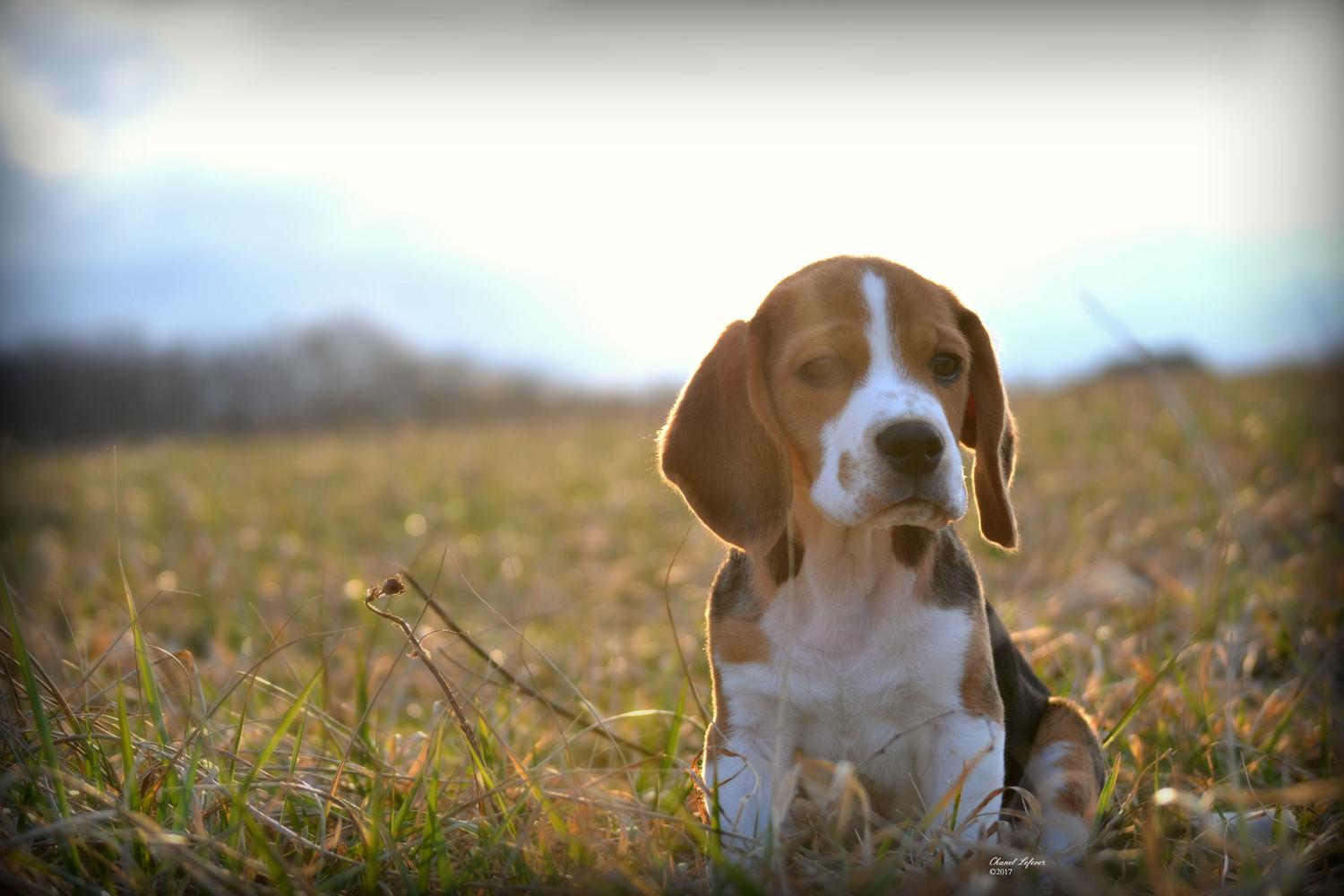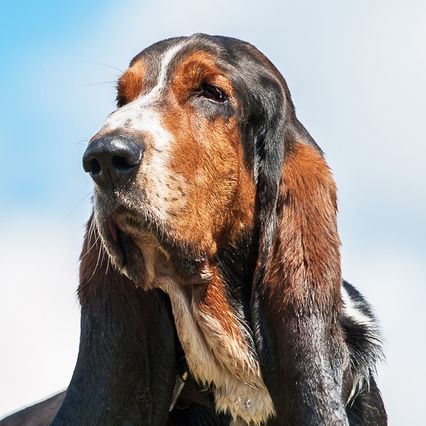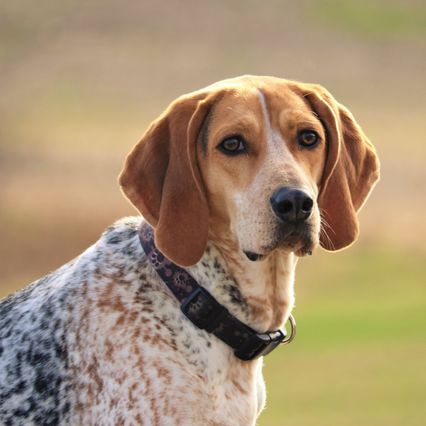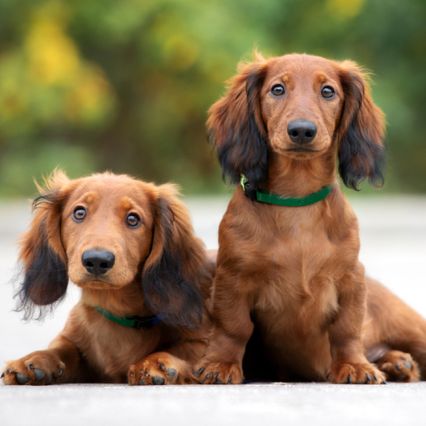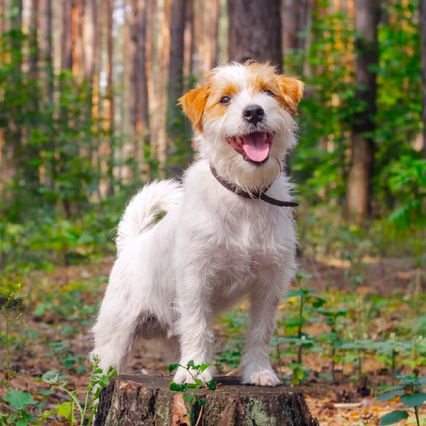
Get to know
Beagles

Veterinarian reviewed
Everybody loves a Beagle–probably because a Beagle loves everybody.
Browse available puppies
Connect with reputable breeders to find the dog of your dreams
At a glance
Moderate Energy
Energy level
3/5
Very Low Maintenance
Grooming
2/5
Small to Medium
Size
Merry, amiable, independent
Temperament
12-15 years
Lifespan
Moderate Trainability
Training
2/5
Vocal
Barking
4/5
At a glance
Energy level
Moderate Energy
Grooming
Very Low Maintenance
Size
Small to Medium
Temperament
Merry, amiable, independent
Lifespan
12-15 years
Training
Moderate Trainability
Barking
Vocal
Why people love the breed
Beagles are such a favorite because they get along with everyone, are always ready for fun, and are eternal optimists. They’re a best friend that’s always willing to bay with glee, steal your lunch, and make you laugh.
Appearance
Beagles are square-proportioned compact athletic dogs most known for their sweet face.
Grooming
Beagles require very little grooming, and have no special requirements.
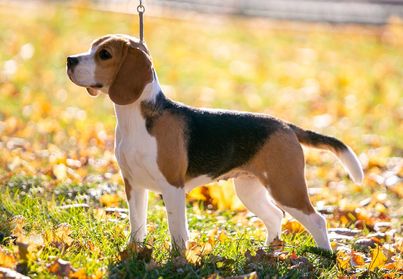
Joyful Noise Beagles
Breed temperament and characteristics
Beagles are known for their great personalities! They seem to always be happy, ready for whatever you want, and eager to be everybody’s best friend.
Exercise
Beagles are active dogs, but they’re not very big, so they can get a lot of exercise in a smaller space. But they won’t be happy unless they get out and explore the great outdoors.
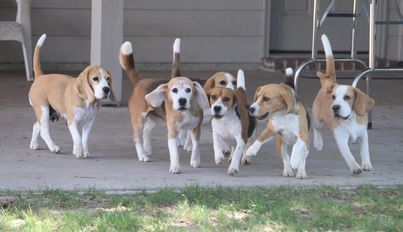
Fleur de Lis Beagles
Training
The Beagle motto is “will work for food.” If you can keep that reward foremost in their mind they can be trained. Not for you. For your food.
Diet and nutrition
Beagles love to eat, more than almost anything in life. They will eat anything. Your challenge is to make sure they don’t become overweight, and to keep them from eating anything dangerous.

Cedar Key Labradors
Health issues
The Beagle’s main health problem is their tendency toward overeating and obesity.
Lifespan: 12 to 15 years.
Hip Dysplasia
This complex condition involves both genetic and environmental factors and arises when the head of the femur doesn’t fit in the pelvic socket, causing arthritis and lameness. No genetic test is available to date, therefore, the recommended screening test is x-rays.
Hypothyroidism
An underactive thyroid gland. This reported at a higher incidence in Beagles compared to other breeds.
Other health issues
Epilepsy, cherry eye, musladin-lueke syndrome, steroid responsive meningitis-arteritis, diabetes, and intervertebral disc disease.
History
The Beagle has very old roots, and has adapted through the centuries to become a favored companion, show dog and contraband detector.
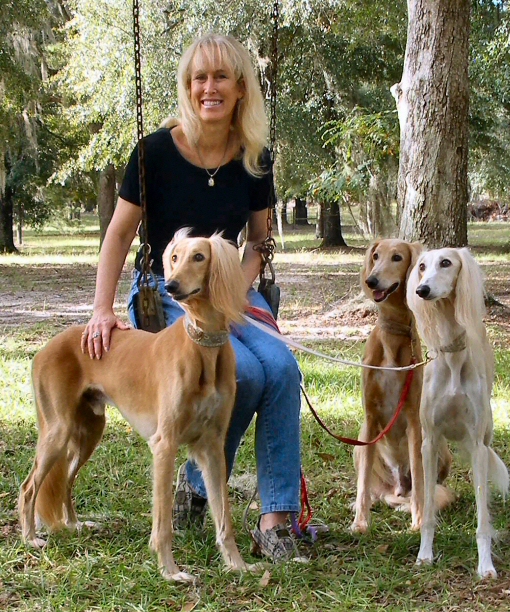
About the author
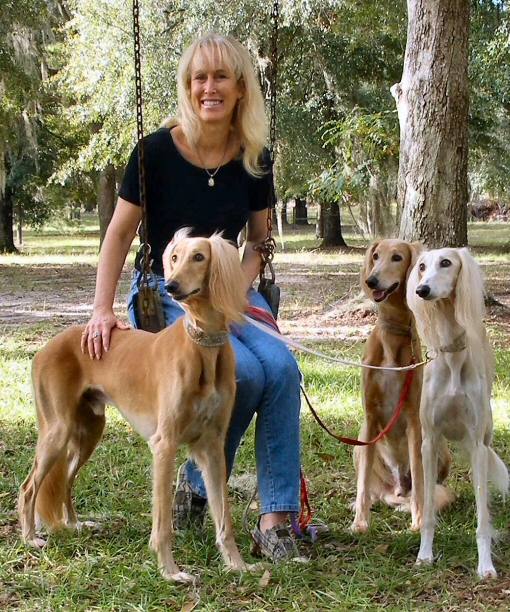
Canine specialist, Caroline Coile, Ph.D., is the author of 34 dog books, including the top-selling Barron's Encyclopedia of Dog Breeds. She’s written thousands of magazine and web articles about dogs. She specializes in canine science, health, breeds and competitions. Caroline has won 20 national dog-writing awards, and was a 2015 Inductee into the Dog Writers Association of America Hall of Fame.
Veterinarian reviewed

Dr. Nate Ritter, DVM is the Veterinary Medical Director at Good Dog. He earned his Bachelor of Science in Biology from Lafayette College and his Doctor of Veterinary Medicine degree from Virginia-Maryland College of Veterinary Medicine. He is a member of the American Veterinary Medical Association, New York State Veterinary Medical Society, the Veterinary Medical Association of New York City, and the Society for Theriogenology. Additionally, he is a USDA-accredited veterinarian.

Breed Scorecard
Characteristics and temperament
Affectionate with family
5
Watchdog level
1
Playfulness
4
Adaptability
5
Social needs
5
Temperament
Merry, amiable, independent
Intelligence
2
Good with other dogs
5
Good with cats or other pets
5
Friendly with strangers
5
Good as a service dog
2
Good for apartments
3
Barking level
4
Appearance
Height
10-15"
Size
Small to Medium
Colors
Blue and white (non-standard), Black fawn and white (non-standard), Brown (non-standard), Red (non-standard), Red and black (non-standard), Red black and white (non-standard), Tan (non-standard), Black (non-standard), Black and white (non-standard), White (non-standard), White black and tan (non-standard), Black tan and redtick (non-standard), Black and tan, Black red and white, Blue tan and white, Blue (non-standard), Black tan and bluetick, Black tan and white, Black white and tan, Lemon (non-standard), Brown and white, Brown white and tan, Lemon and white, Red and white, Tan and white
Coat texture
Hard
Coat length
Short
Training
Trainability
2
Exercise
Exercise needs
3
Exercise time
1 hour daily
Mental exercise needs
2
Favorite activities
Nosework, tracking, barn hunt, hunting, hiking
Grooming
Grooming needs
2
Brushing frequency
Weekly
Needs professional grooming?
No
Drooling level
1
Health issues
Hip Dysplasia
Hypothyroidism
Other health issues
Other
Bred for
Rabbit trailing
Country of origin
England
Popularity level
5
FAQs
On Good Dog, you can search for Beagle puppies or dogs in rescues and shelters. Adopting a Beagle from a shelter or rescue is generally less expensive than buying a puppy from a breeder with ethical practices. Across the United States, there are dedicated rescues that specialize in specific breeds and may even help transport a Beagle dog to you from another part of the country. Although it can be more cost-effective, adopting the exact breed you're looking for is typically more difficult than working with a responsible breeder. Learn more about adopting a dog from a shelter or rescue.
Prices for Beagle puppies for sale vary by breeder and individual puppy. On Good Dog today, Beagle puppies are typically around $1,650. Because all breeding programs are different, you may find dogs for sale outside that price range.
Beagles are very social, and do best with another dog when their human family leaves the house. They may not be happy if left alone for long periods, and if this is your plan, may not be ideal for you.
Yes. Beagles are friends to everyone they meet which is why they are great companion dogs.




















































































































































































































































































































































































